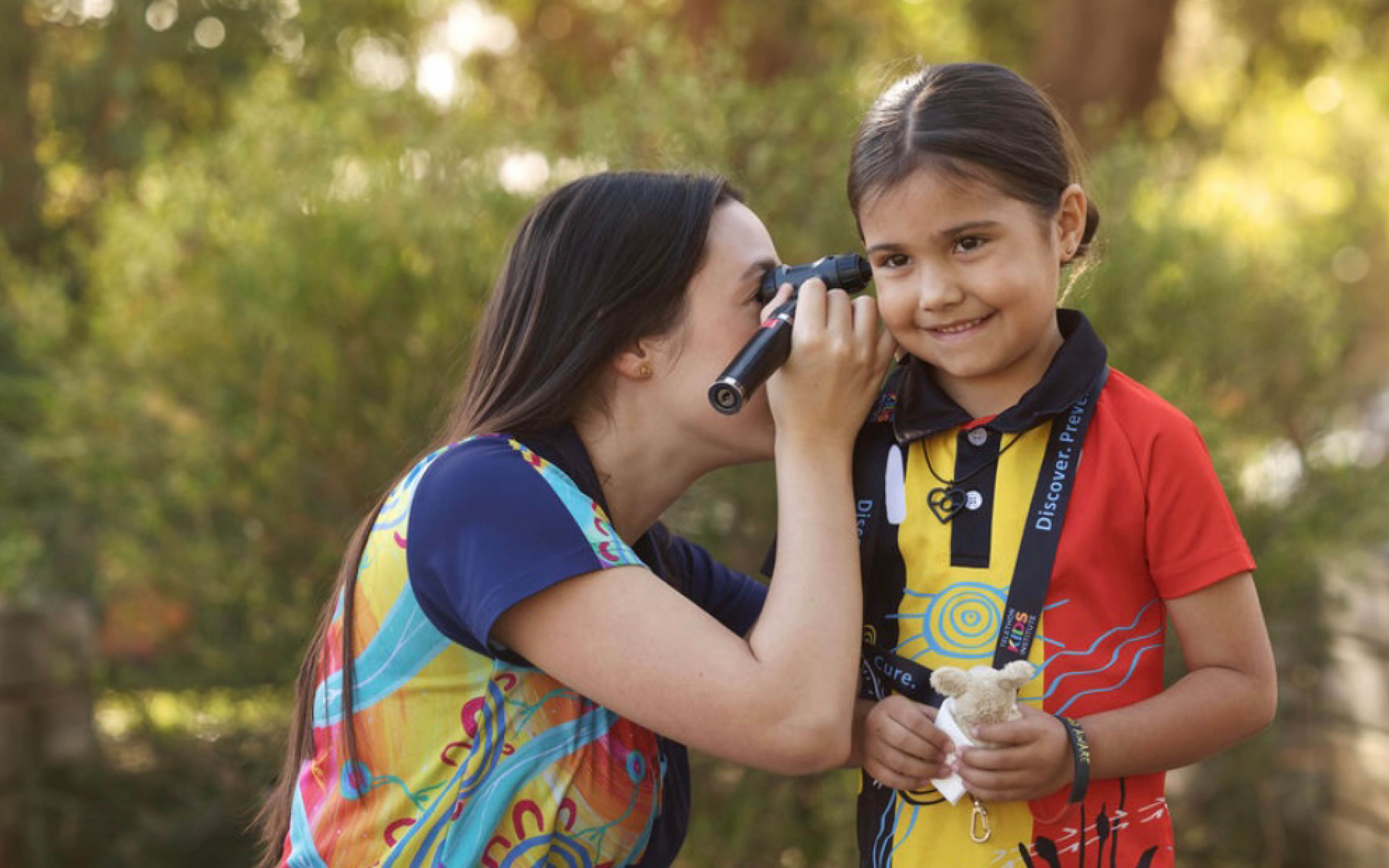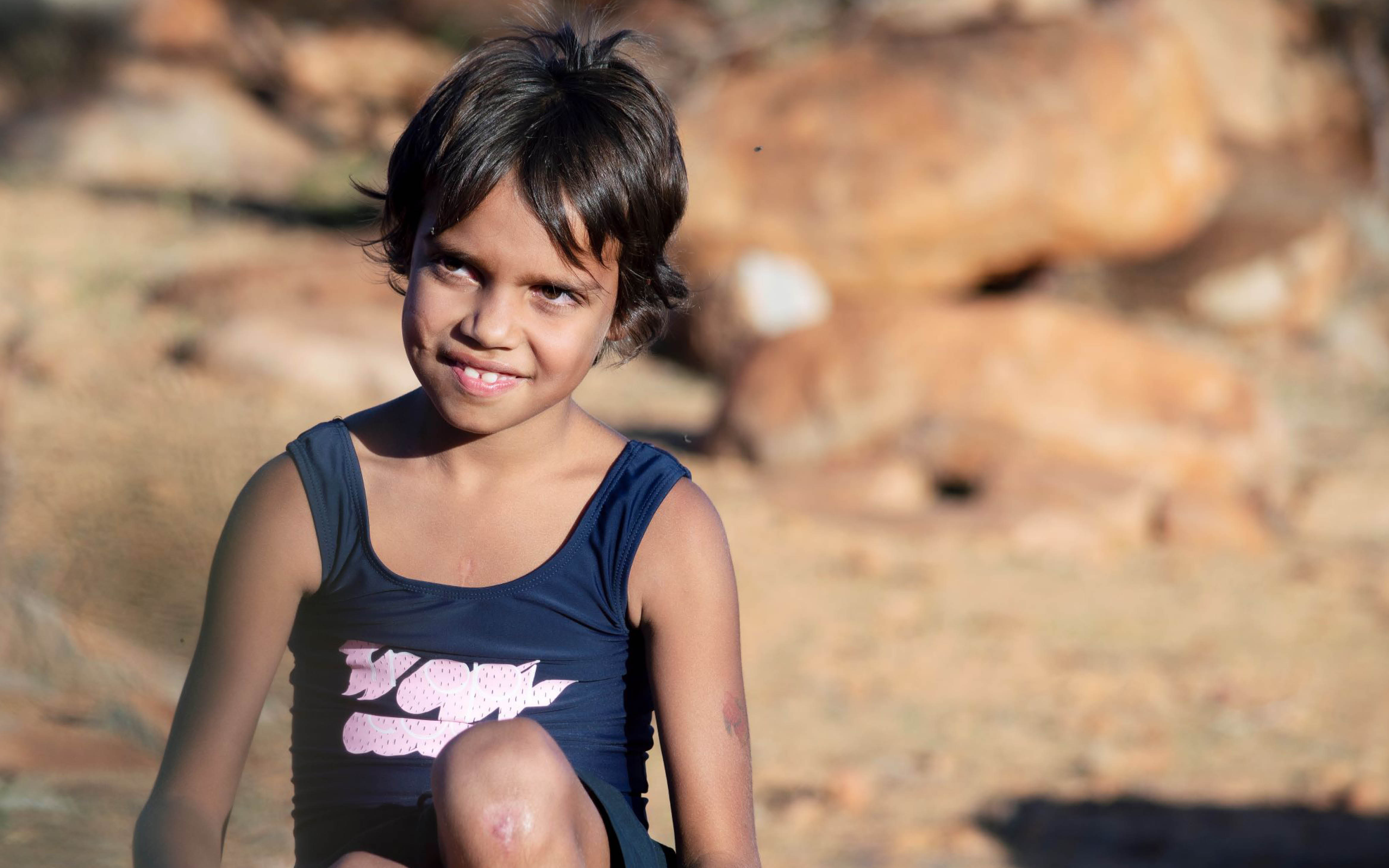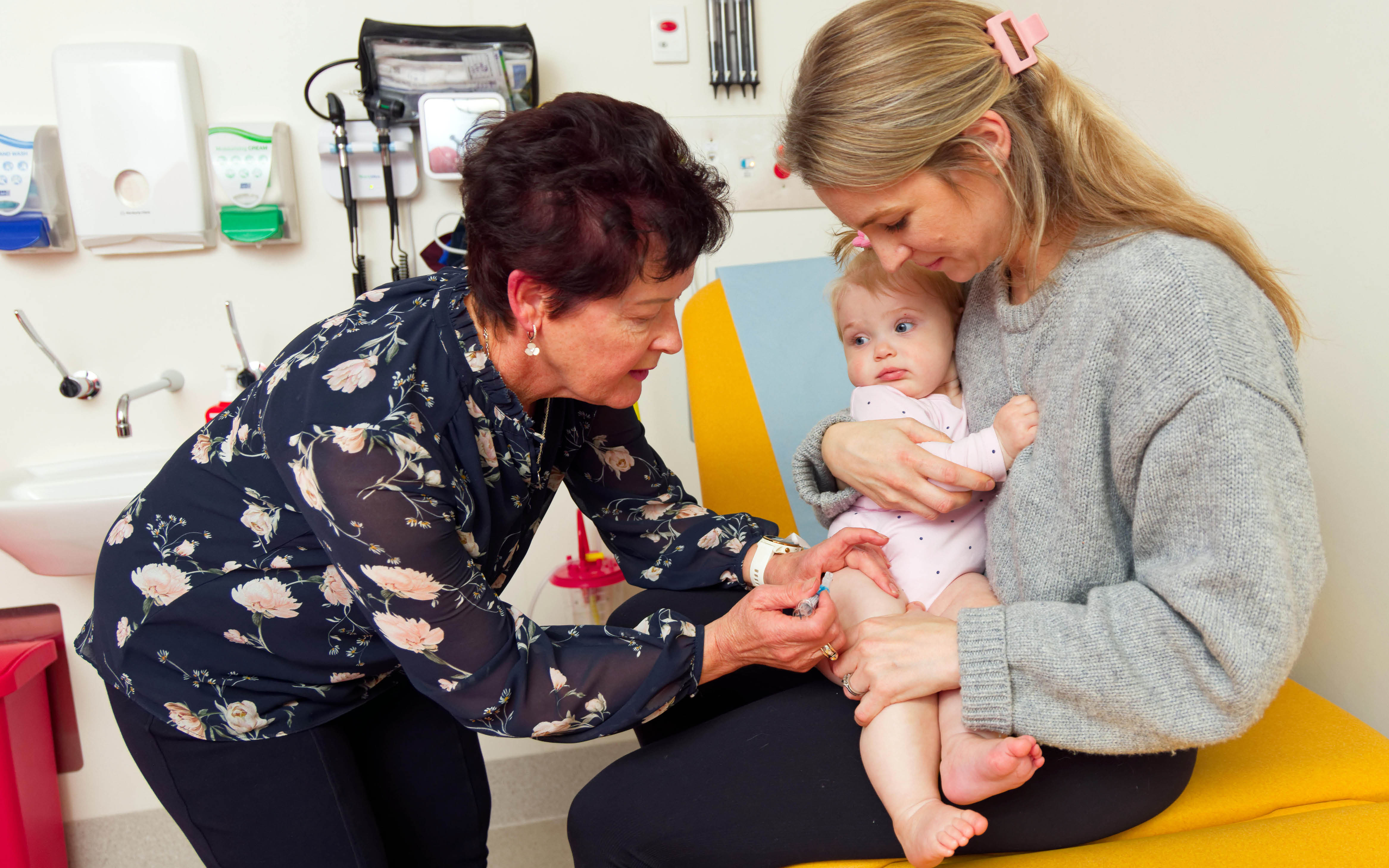How does immunisation work?
Immunisation uses the body's immune response to build resistance to specific infections. Vaccines containing small amounts of a dead, weakened or partial virus/bacteria are administered by injection or orally (by mouth). The immune system responds by producing antibodies in the blood and these can be quickly produced again if it encounters the actual virus or germ in future.
If fully immunised, your child is far less likely to catch a particular infection or if they do, their symptoms will tend to be much less severe. Vaccination also provides herd immunity, meaning if enough people are immunised against a bacteria or virus, infection will not be able to spread easily from person to person. This means that even those who are too young to be vaccinated or who cannot be vaccinated for medical reasons are also less likely to be infected.
Data from the Australian Childhood Immunisation Register show that about one in 10 children in Western Australia are not completely up to date with all their vaccinations.
Are there any risks around immunisation?
The risk of not immunising outweighs the risks of vaccination. It is common for some redness and swelling to appear around the injection site or for a child to display a mild fever. According to the WA Health Department, a severe allergic reaction called anaphylaxis is extremely rare, arising in about one in every million vaccine doses.
Vaccination timeline
Routine vaccinations start shortly after birth, with an injection for hepatitis B. At six to eight weeks, there is a combined injection for diphtheria, tetanus, whooping cough, hepatitis B, poliomyelitis and haemophilus influenzae type b (Hib) as well as another for pneumococcus, and oral drops for rotavirus. This is repeated again at four and six months. At 12 months, there are two combined injections for Hib and meningococcus C and for measles, mumps and rubella. Other vaccine booster doses follow at 18 months, four years and into school age. Because immunity weakens over time, booster doses of some vaccines will be required throughout your lifetime.
For more information about the Childhood Immunisation Schedule, visit the WA Department of Health.
Vaccinations and pregnancy
Women considering pregnancy should make sure they are fully up to date with their vaccinations. Protective antibodies cross from the mother to the baby via the placenta or in breast milk, so women should receive influenza and whooping cough vaccines while they are pregnant. Other family members should also get up-to-date with their immunisations to help prevent babies being exposed to infection.
Our research impact
The The Kids Research Institute Australia's Wesfarmers Centre of Vaccines and Infectious Diseases promotes research and public education on vaccination. To ensure all children in WA are protected against vaccine-preventable disease, a project is underway to identify ways to increase vaccine coverage, such as using text messages to remind parents who may have forgotten about routine vaccinations.
Other studies done by the Wesfarmers Centre have looked at the effectiveness of vaccines for influenza, meningococcal B and pneumococcal disease; the need for a whooping cough booster for 18-month-olds; and ways to improve uptake of the Human Papilloma Virus vaccine within the school-based vaccination program.





